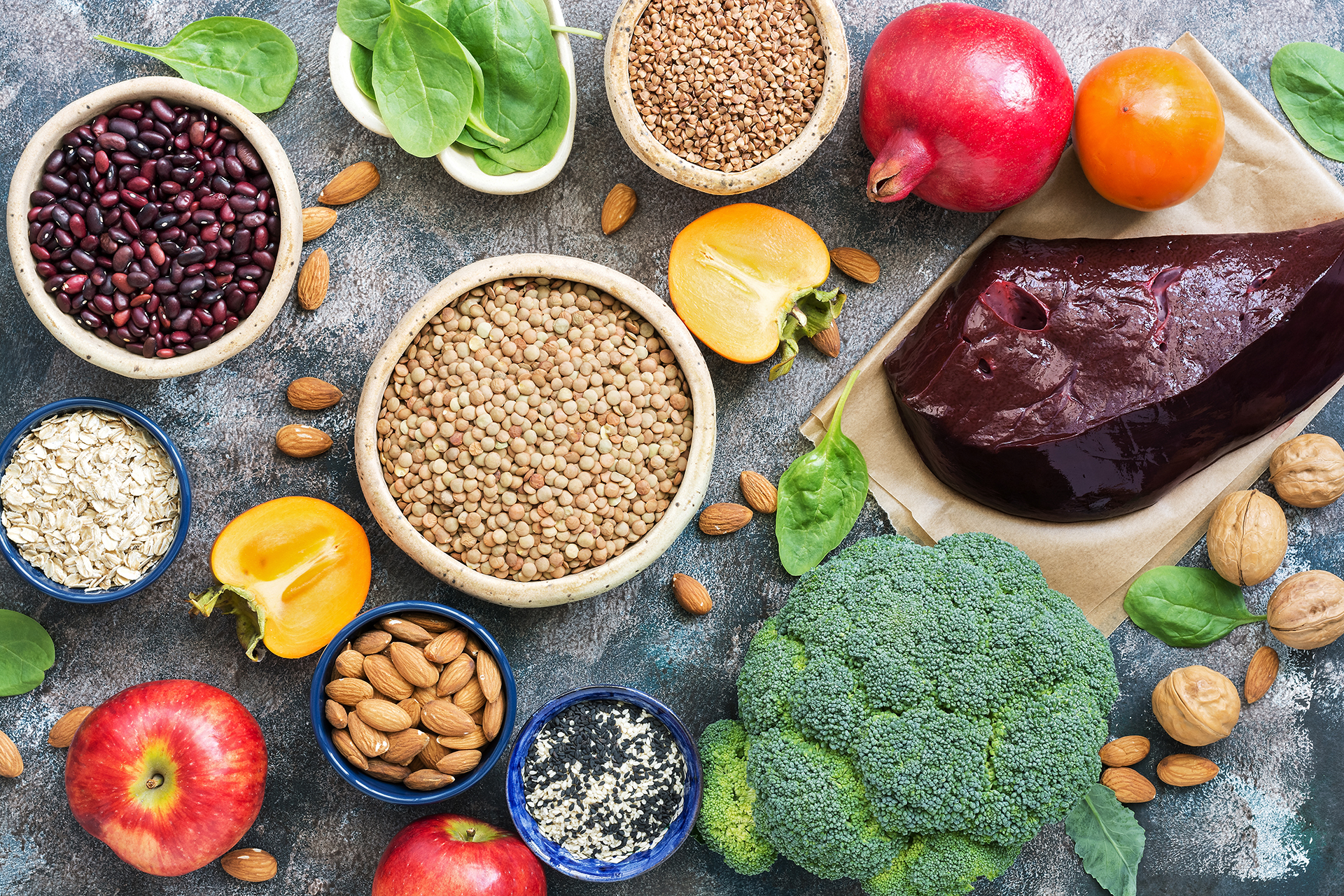Holiday Bonus! Two great rewards, one lifesaving donation! Now through December 31, get your choice of a $25 eGift Card or Four Movie Tickets! Rewards vary by donation location.
Why Is Iron Important for Donating Blood?
Iron is needed to make hemoglobin, a protein that carries oxygen from the lungs to the rest of the body. Iron helps the body make new red blood cells and can help replace those lost after blood donations.












